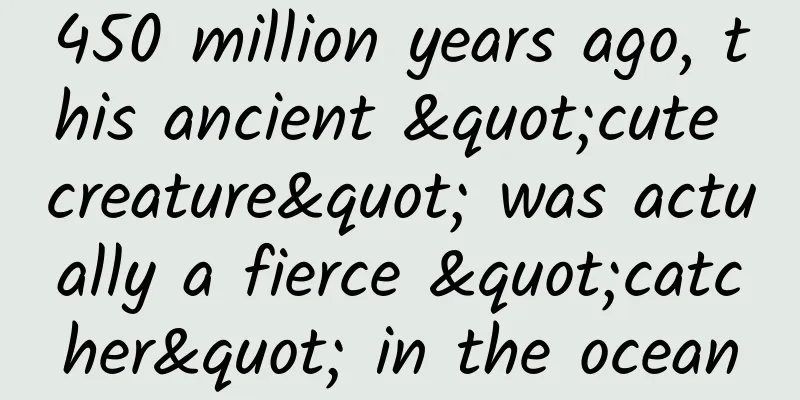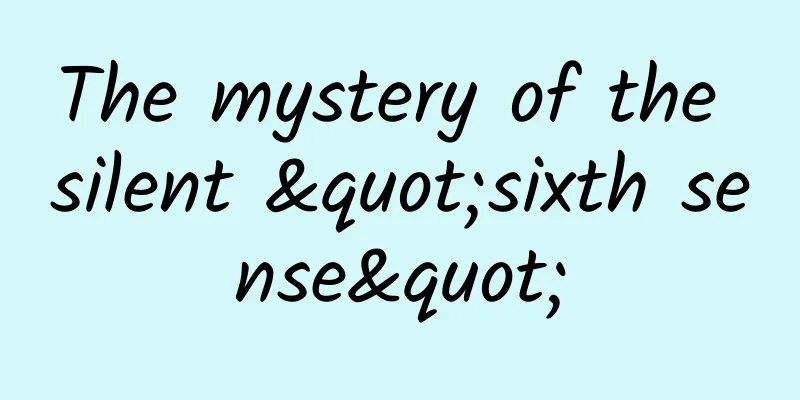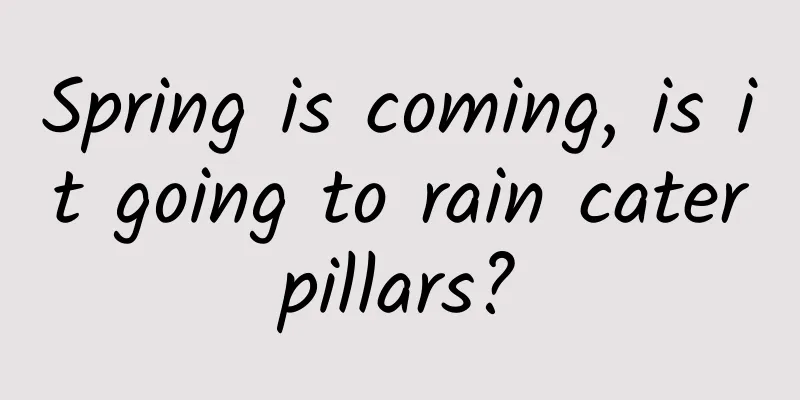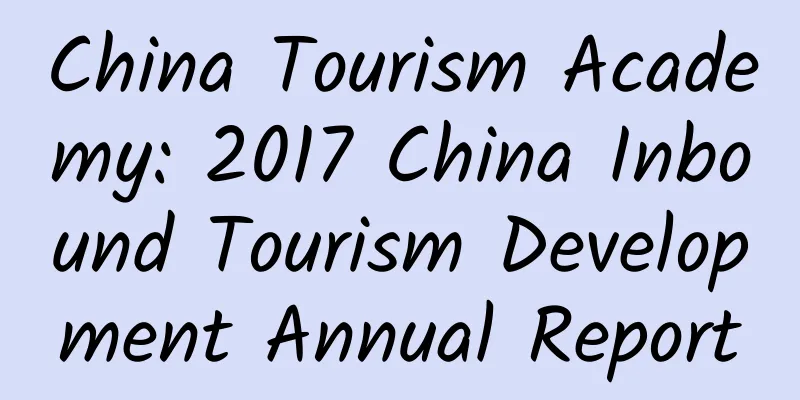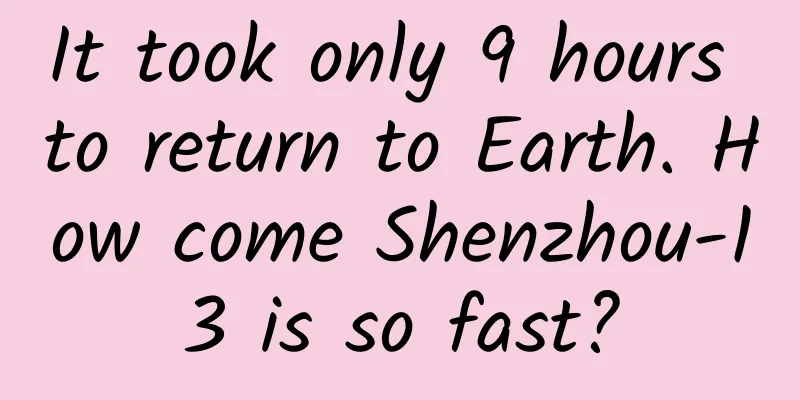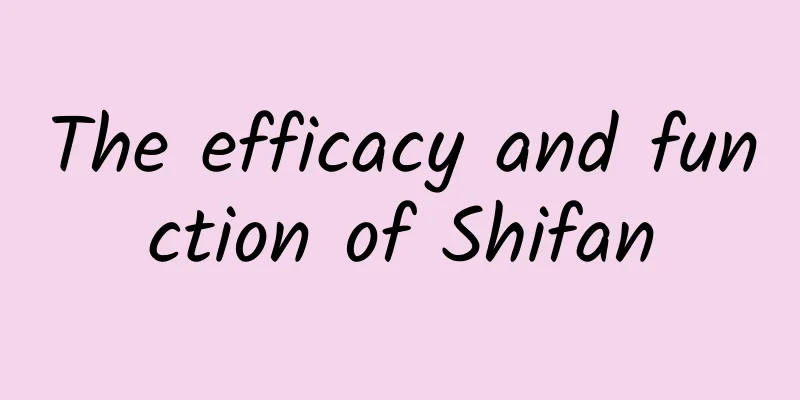Names and effects of Chinese herbal medicines
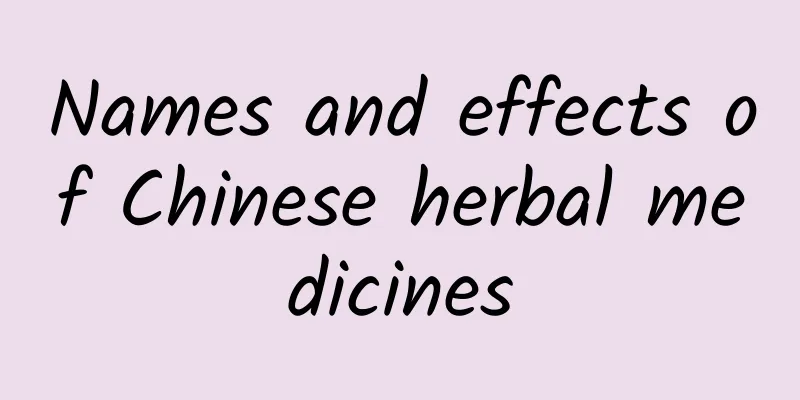
|
The following is a detailed introduction to everyone: Complete Collection of Chinese Medicine. The knowledge of Chinese medicinal materials has a long history. There are many types of Chinese medicinal materials, and different Chinese medicinal materials have different effects. So do you know the effects of Chinese medicinal materials? What are Chinese medicines? What are the effects and functions of Chinese medicinal materials when used? Below we have sorted out a complete collection of the effects of Chinese medicinal materials so that you can have a better understanding of Chinese medicinal materials. Complete list of Chinese medicinal materials and their functions: Red Peony Root: pungent and warm, enters the stomach and intestines meridians. It can eliminate dampness, strengthen the spleen and stomach, and eliminate rheumatism. Magnolia officinalis: bitter, pungent and warm, enters the stomach, lung and small intestine meridians. Regulate Qi and eliminate dampness, resolve stagnation and stop wheezing. Patchouli: pungent and slightly warm, enters the stomach, intestines and lung meridians. Clears away heat, removes dampness, relieves summer heat and stops vomiting. White cardamom: pungent and warm, enters the stomach and intestines meridians. Clears away heat, removes dampness, regulates Qi, and nourishes the fetus. White cardamom: pungent and warm, enters the lung and stomach meridians. Clears away heat, removes dampness, regulates Qi, warms the body and stops vomiting. Amomum villosum: pungent and warm, enters the stomach and intestines meridians. It can eliminate dampness, relieve constipation and stop malaria. Perilla frutescens: pungent and mild, enters the stomach, intestines and lung meridians. Clears away heat, removes dampness and relieves summer heat. Commonly used Chinese medicines for diuresis and dampness removal: Job's tears: sweet, mild and neutral. It enters the heart, spleen and kidney meridians. Aromatic and dehumidifying, strengthening the spleen and stomach, calming the mind and promoting sleep. Alisma: sweet, mild and cold. It enters the kidney and bladder meridians. Aromatic and dehumidifying, purging heat. Job's tears: sweet, mild and cold in nature, enters the stomach, intestines and lung meridians. Aromatic and dehumidifying, invigorating the spleen and stomach, eliminating numbness, clearing away heat, detoxifying and discharging pus. Poria: sweet, mild and neutral, enters the kidney and bladder meridians. Aromatic and dehumidifying. Salt Plantago seed: produces body fluids and moistens the body, enters the kidney, liver and lung meridians. It can promote diuresis and relieve stranguria, dissipate dampness and treat diarrhea, clear away heat and reduce fire, resolve phlegm and relieve cough. Feldspar: sweet, mild and cold, enters the stomach and bladder meridians. It can promote diuresis and relieve stranguria, clear away heat, remove dampness and heal sores. Sea Sand: produces body fluids and moistens the body, enters the bladder and small intestine meridians. Diuretic and relieving stranguria. Selaginella: bitter, sweet and cold in nature; enters the lung and bladder meridians. It can promote diuresis and relieve stranguria, clear the lungs and relieve cough. Bitter and cold; enters the liver and gallbladder meridians. Clears away heat, dampness, removes turbidity, dispels wind and eliminates dampness. Bitter and cold; enters the bladder meridian. It can promote diuresis and relieve stranguria, eliminate parasites and relieve itching. Dianthus superbus: slightly cold, enters the heart, colon and bladder meridians. It can promote diuresis and relieve stranguria, promote blood circulation, remove blood stasis and unclog the meridians. Artemisia capillaris: bitter and cold, enters the stomach, liver and gallbladder meridians. Clears away cold and dampness, promotes bile secretion and reduces jaundice. Centella asiatica: sweet, mild and cold in nature, enters the gallbladder, liver, kidney and bladder meridians. Removes dampness and reduces jaundice, promotes diuresis and relieves stranguria, removes toxins and reduces swelling. Akebia: slightly cold, enters the heart, colon and bladder meridians. It can promote diuresis and relieve stranguria, clear away heat and promote lactation. Tongcao: sweet, mild and cold in nature, enters the lung, liver and gallbladder meridians. Clears away heat, detoxifies, removes dampness and relieves itching. Kochia scoparia: slightly cold, enters the bladder meridian. Clears away heat, detoxifies, removes dampness and relieves itching. The above is the detailed introduction of "Complete Names and Functions of Chinese Medicinal Materials" in the article. I believe everyone has a certain understanding of it. The key to taking Chinese herbal medicine is to take it warm, usually thirty minutes after a meal. In terms of diet, avoid spicy and irritating foods, overly cold foods, and be cautious about eating onions and garlic. |
<<: Snakes soaked in wine for ten years without dying
>>: The efficacy and function of dog spine
Recommend
The efficacy and function of star anise [picture]
Star anise [picture] is a common type of traditio...
The efficacy and function of red car
Recently, major TV channels have launched various...
The efficacy and function of split hoof
Chinese medicinal materials are very common, and ...
Foreign experts: "We left, but you still have Wang Ganchang"
Creative team: China Science and Technology Museu...
Where's my nose? Why can't I see it?
Audit expert: Liu Dongbao Chief Physician of Opht...
Several common sleep myths: How late is considered staying up late? How to improve sleep?
Today we will talk about sleep issues that are hi...
Anesthesiologist: Please don’t call me anesthesiologist anymore!
In the arena of modern medicine, anesthesiology p...
What? Why are satellites scheduled for morning and afternoon shifts?
On August 3, our Fengyun-3 satellite 06 was succe...
Effects and functions of mountain twist root
Not only does the mountain twist fruit have thera...
The efficacy and function of bitter herb
Most Chinese medicinal materials have good effect...
What is the difference between velvet antlers and deer antlers?
In the vast and rich Northeast, there are the thr...
What are the main effects and functions of ginkgo?
Everyone should be familiar with the health food ...
How many days does it take to get menstruation after eating motherwort?
Female friends often have irregular menstruation,...
Let’s take a look at the fancy ways of playing at the Latin American e-commerce festival
Every year, shoppers around the globe take advant...
Popular Science | The "little secret" of choosing down jackets
It is another cold winter, how to keep warm in wi...
